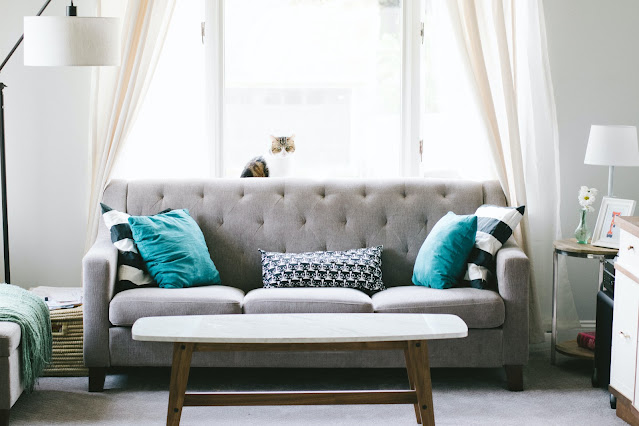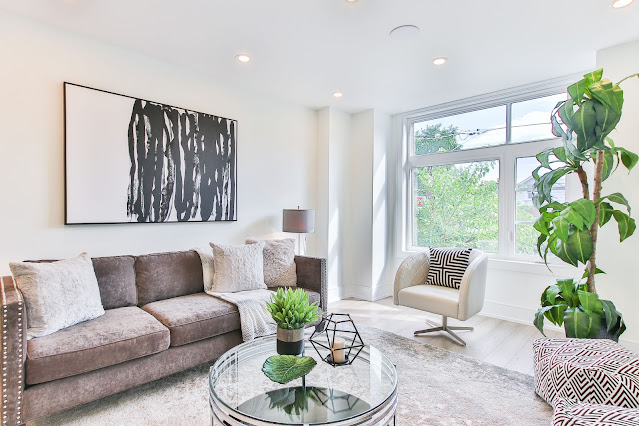Life with young children brings endless joy, spills, drops, and active play. Parents quickly learn that their flooring choice impacts daily living more than they imagined. Your floors face constant challenges, from morning milk accidents to afternoon art projects.
Understanding Family Living
Many families discover that their pre-children flooring choices don't meet family life's demands. White carpet, though beautiful, often shows wear patterns and stains within the first few years of active use. This common experience leads many parents to seek more practical alternatives.
Safe Surfaces for Little Feet
Research shows that proper flooring plays an important role in child safety and development. Pediatric studies indicate that surfaces with moderate give can reduce injury risks while maintaining necessary stability for new walkers. This balance becomes crucial during the early years when falls are common.
Material Options and Benefits
Luxury Vinyl
Professional installers at flooring St George Utah and nationwide report increasing demand for luxury vinyl among young families. This modern material stands up to daily wear while offering comfort and style.
Studies of residential flooring durability indicate that quality luxury vinyl can last 15-20 years under heavy use, making it a practical long-term investment. Its water-resistant properties protect against spills, while its softer surface cushions falls.
Natural Cork
Cork flooring provides natural antimicrobial properties, making it resistant to mold and mildew growth - a valuable feature in homes with young children where wet toys or spills might go unnoticed. This sustainable option offers natural warmth and sound absorption, creating peaceful spaces even during active play sessions.
Laminate Innovations
Modern laminate flooring has evolved significantly. Current manufacturing techniques produce surfaces that resist toy scratches while maintaining attractive appearances. These improvements make laminate a practical choice for busy families.
Room-by-Room Analysis
Different rooms face unique challenges in homes with children. Here's a practical breakdown based on typical family needs:
Practical Testing
Before making a final decision, many families find testing different flooring samples in their home environment helpful. This approach provides real-world insight into how materials perform under specific family conditions. Dark floors often reveal dust more readily, while high-gloss finishes tend to highlight scratches from toys and daily wear.
Investment Planning
Quality flooring represents a significant investment in your home. Current market research indicates several cost factors to consider:
Material expenses vary by quality and type
Installation costs depend on current floor conditions
Maintenance supplies add to yearly expenses
Professional cleaning services might be needed periodically
Maintenance Guidelines
Establishing a regular maintenance routine helps protect your flooring investment. Simple practices like daily sweeping prevent dirt from grinding into floors, while prompt attention to spills prevents lasting damage. Teaching age-appropriate cleaning habits can help children understand the importance of caring for home surfaces.
Looking Ahead
As children grow, their impact on flooring changes. Toddler spills give way to sports equipment and teenage traffic. Choose materials that adapt to these changing needs while maintaining appearance and function.
The best flooring choice creates a foundation for family life, supporting daily activities while protecting your investment. Take time to research, sample different options, and evaluate your specific needs before making your decision.
No single option suits every family. Your ideal choice balances durability, maintenance requirements, and comfort with your needs and preferences. Focus on finding flooring that matches your family's lifestyle while providing long-term value for your home.












